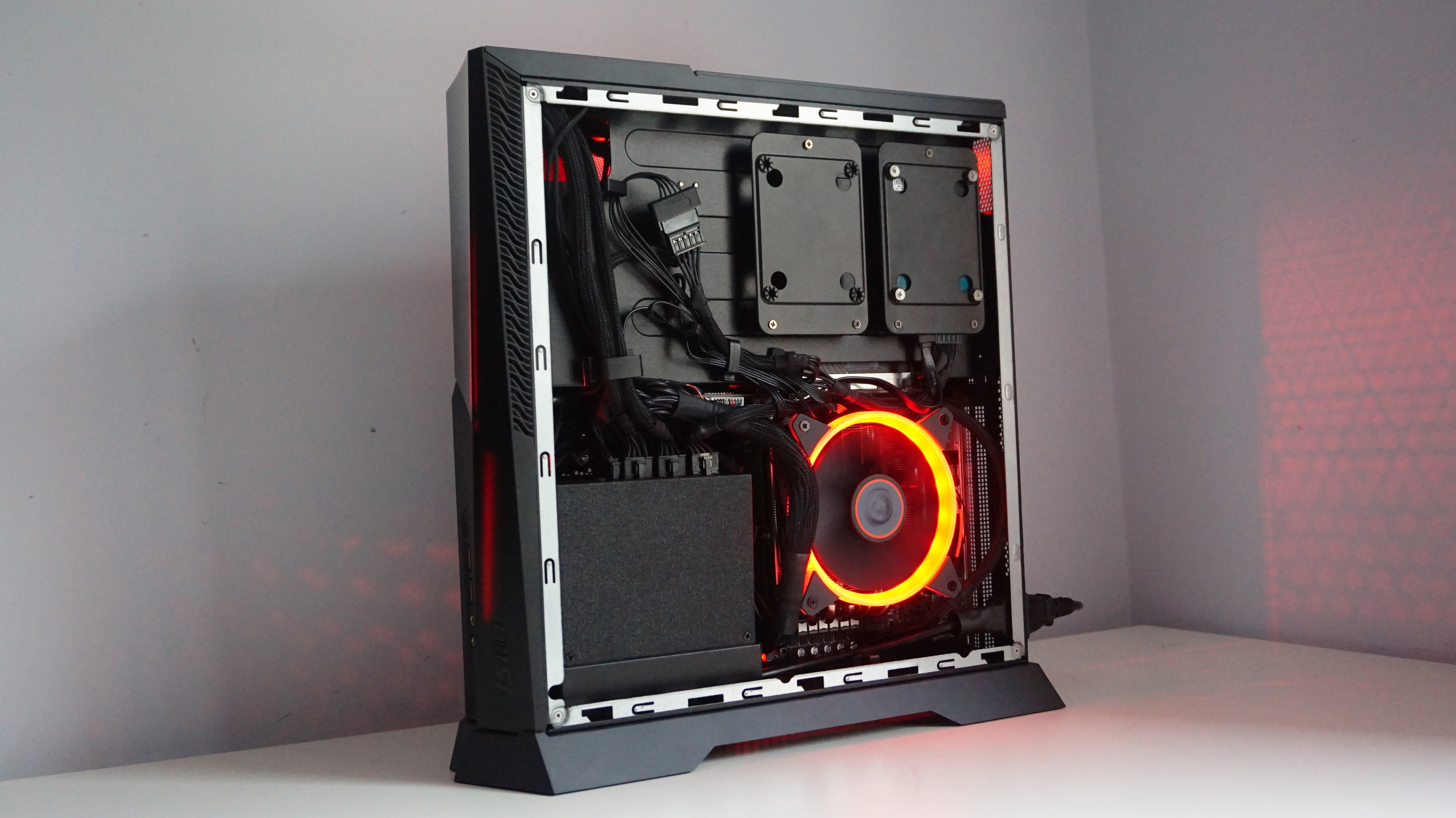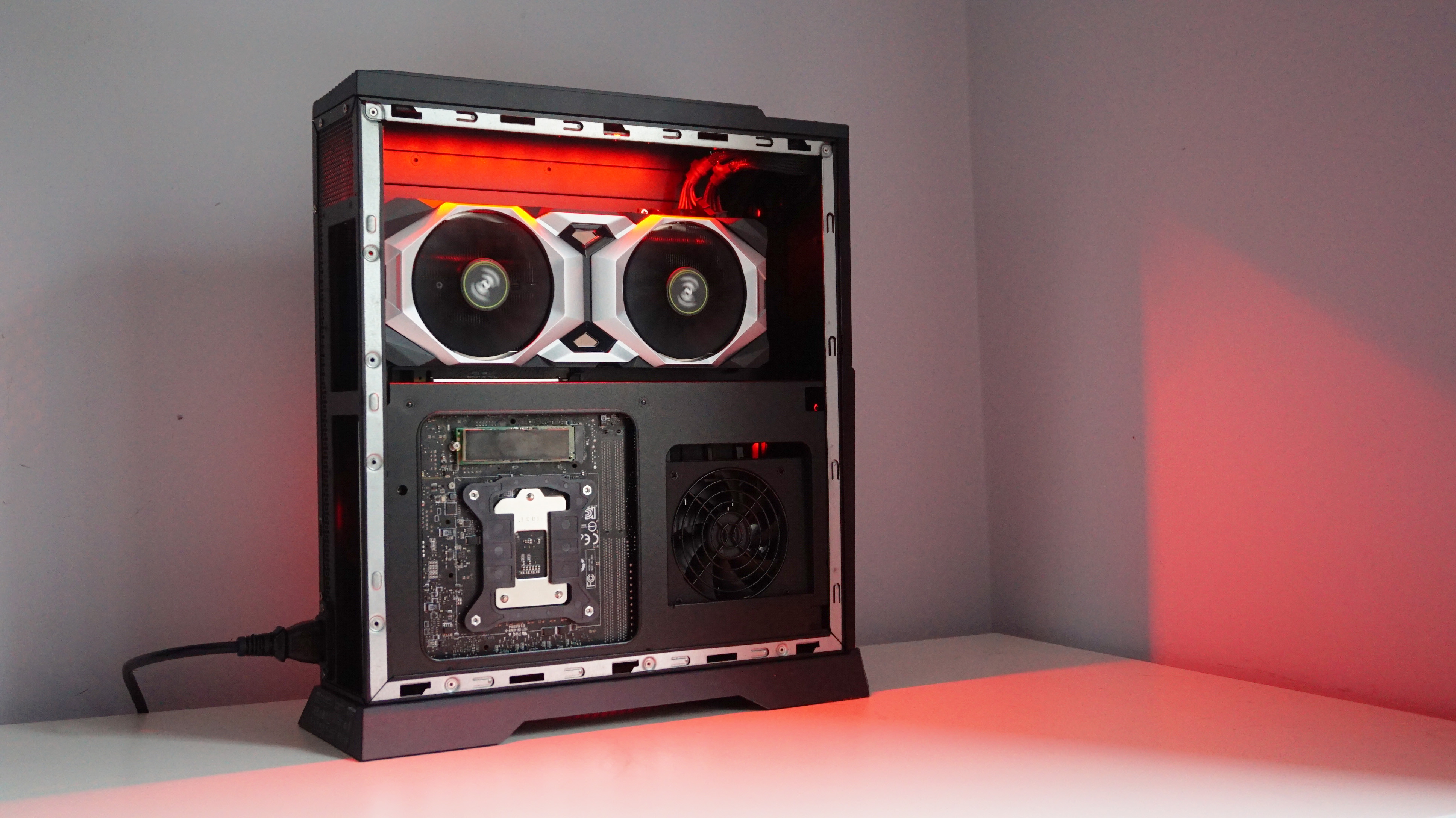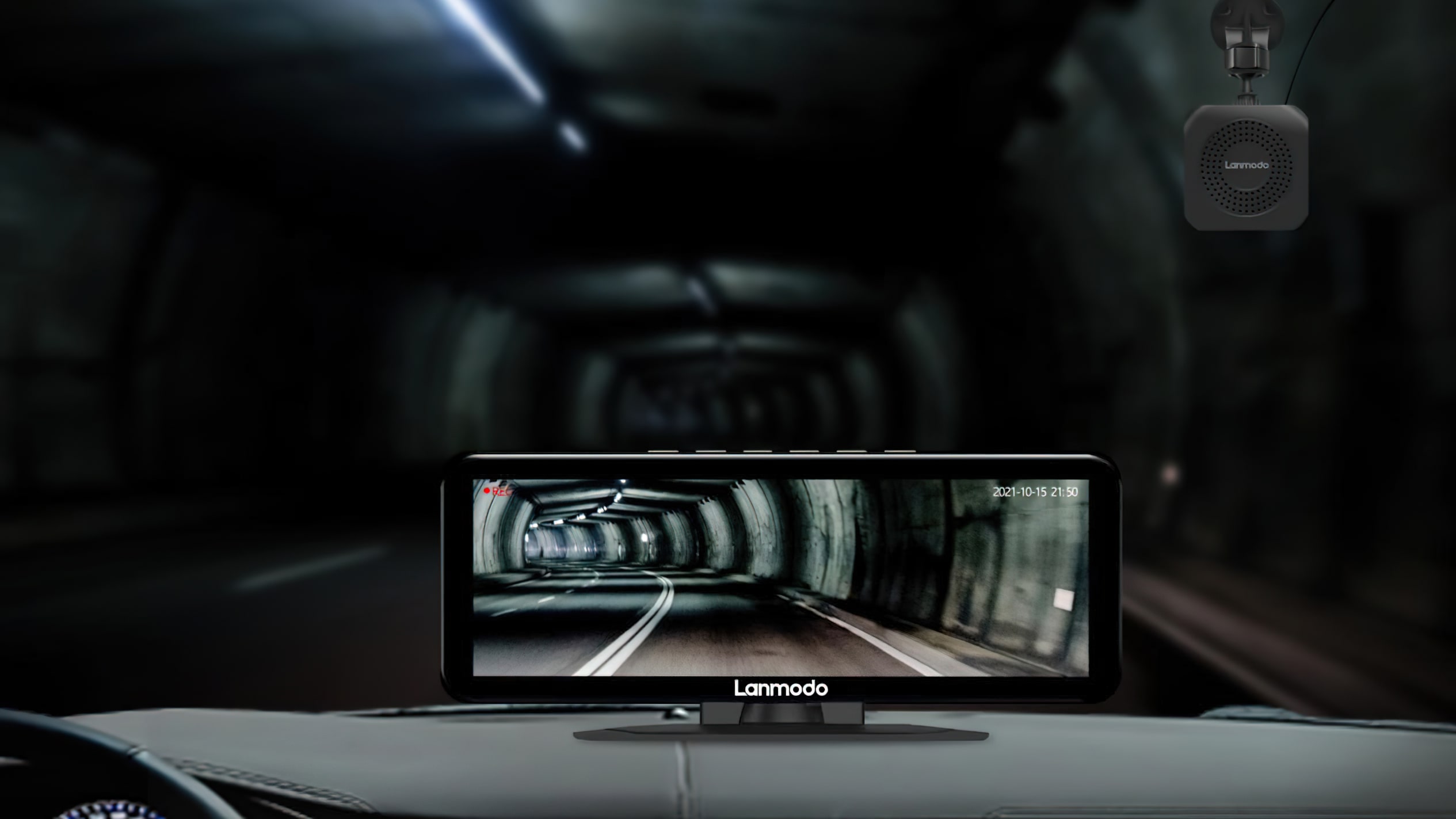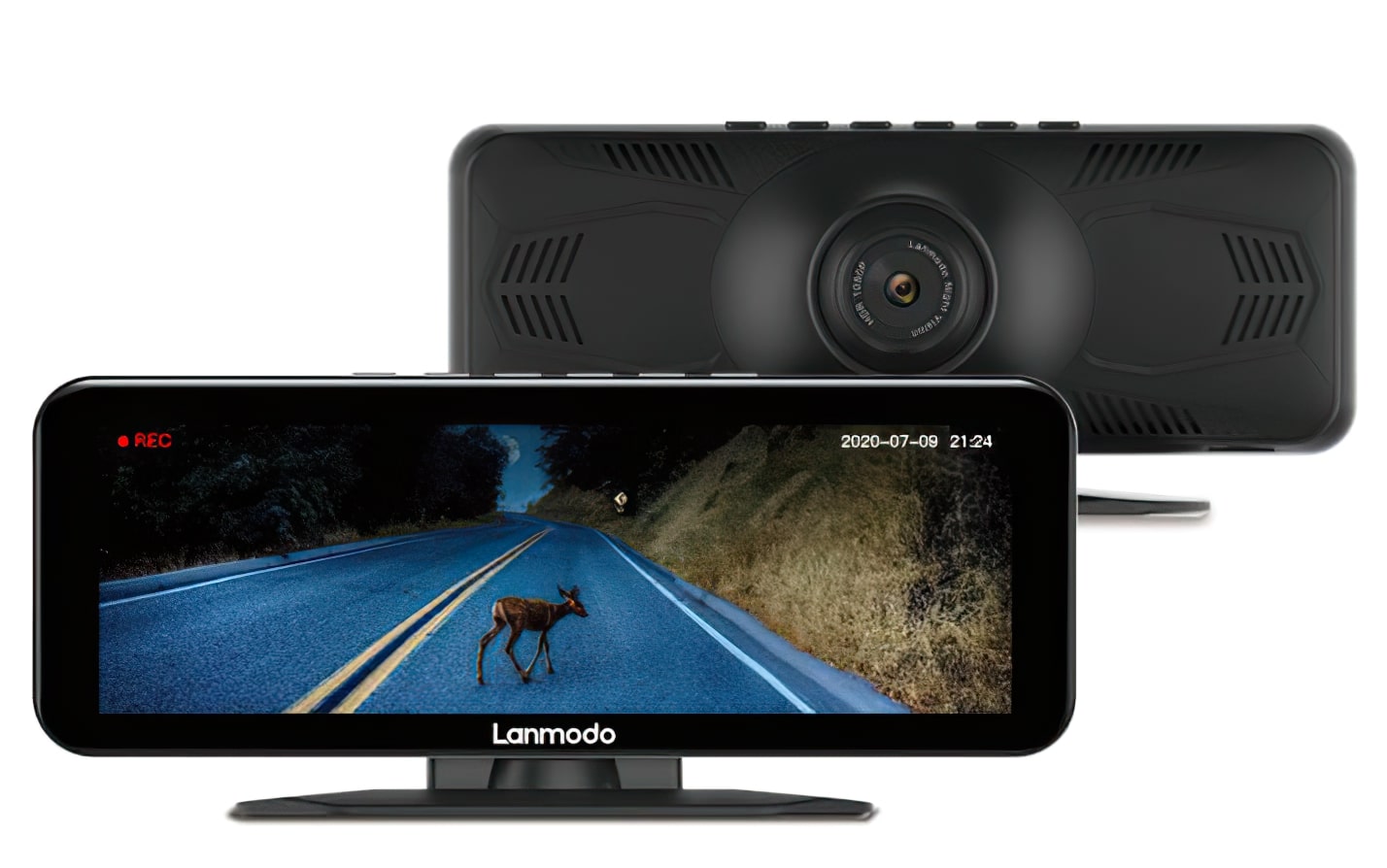
Despite being a part of the identical sequence as MSI’s console-like Trident 3 8th PC, the Trident X is a way more substantial form of gaming desktop. It’s a lot bigger for starters, though its 396x383x130mm dimensions nonetheless place on the smaller finish of the desktop PC scale, and its fastened base means it has to face vertically as a substitute of getting the choice to lie it on its aspect.
The ninth a part of its title additionally signifies the presence of one in all Intel’s new ninth technology of Coffee Lake CPUs – on this case, the eight-core 3.6GHz Core i7-9700Ok. Paired with Nvidia’s GeForce RTX 2080, 32GB of RAM, a 256GB NVMe SSD and a 2TB HDD, MSI’s Trident X ninth is a pint-sized powerhouse meaning enterprise. It does, nevertheless, price an arm and a leg, with a very bum deal for anybody within the UK.
Priced at a moderately extortionate £2700 on these truthful shores, our friends over within the US have a significantly better providing on their fingers. There, this explicit configuration of the Trident X ninth goes for simply $2300, which in accordance with Google’s conversion price at time of writing is nearer to one thing like £1800. Sure, the US mannequin solely comes with 16GB of RAM versus 32GB within the UK, however that’s nonetheless a reasonably steep mark-up.
A big a part of the Trident X ninth’s price little doubt comes from its compact design and RGB lighting. The latter makes use of an identical three-pronged LED design to its smaller Trident Three cousin, and comes with MSI’s Mystic Light software program pre-installed for anybody who desires their rear fan, graphics card and entrance panel to blink and flash in rainbow-coloured unison. You can, in fact, flip all of it off should you choose, however nothing I discovered will alter the eerie purple glow leaking out of the rear port panel. That, you’re caught with.

Regardless of whether or not you set the Trident X’s LEDs to go full RGB or only a easy block color, these three ports around the again stay a continuing, glowing purple.
You’re additionally going to be caught with a lot of the elements inside it all through the Trident X’s lifetime, too. Despite coming with an interchangeable tempered glass panel within the field, a lot of the PC’s innards are sealed off from view, leaving little too have a look at by means of the glass and little or no scope to swap bits out and in additional down the road.
The solely factor that’s feasibly upgradeable is the PC’s storage, because it’s one of many few bits that’s simply accessible. I had a go at attempting to take away the vertically-mounted graphics card, however in the long run I gave up as a result of it was simply too fiddly. Everything else is mounted going through contained in the PC, not towards you, and also you’d must have some critical know-how should you needed to attempt upgrading it sooner or later. That’s not precisely supreme for such an costly system, though given the calibre of the elements you’re truly getting, it needs to be a good previous time earlier than you do truly really feel the necessity to refresh it.
MSI’s onboard Command Centre software program additionally provides you loads of choices for getting the very best out of the Trident X ninth as nicely, permitting you to overclock the PC with out having to cope with its BIOS interface. Again, this received’t be for the technically faint of coronary heart, however I used to be happy to see you can overclock every CPU core to your liking, alter the CPU fan velocity and voltage, in addition to RAM voltage and frequency as nicely. The element is there for those who need it, and doing all of it right here is infinitely preferable in my choice to faffing round with the BIOS.
For testing, I left the PC at its default speeds, as you’d discover it out of the field. Starting with the Trident X’s Intel Core i7-9700Ok, this processor is greater than able to dealing with any form of desktop activity you throw at it. Compared to the Core i7-8700 you’ll discover within the Trident Three eighth, you’re solely getting marginal positive factors in efficiency – round 6-7% in single core duties and simply over 12% in multi-core speeds, in accordance with my Cinebench R15 outcomes – however that’s nonetheless greater than sufficient for intensive video and picture enhancing packages in addition to enjoying games.

Sure, you get the choice of swapping its plain black aspect panel for a tempered glass one, however there’s not loads to have a look at…
Speaking of games, MSI’s RTX 2080 graphics card is, as you’d count on, fairly beastly. In most circumstances it was capable of hit a minimum of 60fps at 4K on both most or High graphics settings, whereas 1440p and 1080p resolutions have been an absolute doddle. With Nvidia’s special RTX effects lastly beginning to trickle by means of now, similar to its fancy pants ray-tracing reflection tech in Battlefield V, the RTX playing cards are regularly beginning to make a extra compelling case for themselves over their GTX, non-ray-tracing cousins. It’s nonetheless early days but, particularly when Microsoft’s ray-tracing enabling Windows 10 replace appears to be MIA in the meanwhile, however as I discussed in the beginning, in order for you a machine that gives a reasonably healthy dose of future-proofing, an RTX 2080 machine just like the Trident X is price contemplating.
It’s nonetheless not utterly good at 4K – you really want one in all Nvidia’s GeForce RTX 2080Ti playing cards for that – however a median of 43fps in Assassin’s Creed Odyssey on its high Ultra High setting at 4K isn’t half dangerous for such a relatively small system. Neither is a variety of 47-59fps in The Witcher III on Ultra at 4K, or one other common of 43fps in Total War: Warhammer II additionally on Ultra at 4K. In every case, I solely needed to drop the settings down a notch (all proper, two within the case of Assassin’s Creed) to get a smoother 60-odd fps, so that you’re nonetheless taking a look at enjoying on High on the very least if you wish to hook it as much as a 4K TV in your lounge, for instance.
The Trident X ninth additionally managed to hover both aspect of 50fps on Highest in Shadow of the Tomb Raider once I had the bottom SMAA anti-aliasing enabled (the complete SMAA x4 noticed it tumble nearer to 35fps), however stick it on High with SMAA and also you’ll see a a lot smoother 55-60fps.

The different aspect’s a bit of extra interesting, however a lot of the most eye-catching stuff continues to be blocked from view.
Meanwhile, Doom and Forza Horizon four posed no downside in any respect for the Trident X ninth, with the latter hovering up across the 100-120fps mark on Ultra at 4K, whereas the latter averaged out at 78fps on the identical settings. The solely game that wanted a bit extra fine-tuning at this decision was Final Fantasy XV. I nonetheless acquired a decent 39-47fps with all of Nvidia’s fancy results turned off on Highest at 4K, however these trying to partake in some HairWorks and TurfEffects magic will in all probability must accept Average high quality at this decision, or drop the variety of pixels all the way down to 2560×1440, as even switching these two on at Average at 4K solely noticed a body price of round 45-50fps with lows of 35fps. Throw within the ShadowLibs and VXAO lighting results and also you’re wanting nearer to a good much less passable 35-40fps with lows of 29fps.
At 2560×1440, although, you’ll be able to kind of crank all the things as much as max settings and get a body price of a minimum of 60fps within the games talked about above, if not within the realms of 75-120fps. Final Fantasy XV will as soon as once more want a bit of extra tweaking than most – I noticed between 47-52fps with all the things enabled on Highest and 56-62fps with simply TurfEffects and HairWorks in motion – however they’re way more minor changes than you’ll must put up with at 4K. Needless to say, 1920×1080 can also be no bother in any respect for the Trident X ninth, with all however two games (Final Fantasy X and Assassin’s Creed Odyssey) reaching nicely over 100fps on their highest respective settings.
Really, although, you’re in all probability not shopping for the Trident X ninth to play games at both of those resolutions. There are dozens of different desktop PCs on the market that may simply do 60fps at 1080p and 1440p with out requiring you to spend both $2300 / £2700, and even should you are on the lookout for a 4K-capable machine, there are additionally cheaper RTX PCs on the market as nicely, significantly should you’re shopping for within the UK. The Core i7-9700Ok / 16GB configuration of Asus’ ROG Strix GL12CX goes for £2500 within the UK, for instance, or you’ll be able to configure your own nigh-on identical specification at somewhere like Overclockers UK for nearer to £2000. Sure, these PCs will likely be a lot bigger than the Trident X ninth, however efficiency goes to be just about an identical they usually’re additionally going to be eminently extra upgradeable sooner or later. Plus, nobody wants 32GB of RAM for enjoying games proper now. 16GB will do you simply high-quality.

The Trident X comes with a good vary of ports, together with a trio of USB ports (USB-C, USB 3.1 Gen 1 and USB2) and separate headphone and microphone jacks on the entrance.
Even the Trident X ninth’s storage isn’t a lot to write down dwelling about, both. While a 512GB Samsung-branded NVMe SSD and a 2TB Seagate Barracuda HDD combo seems like an excellent thought, its SSD speeds depart one thing to be desired. For occasion, its random learn velocity truly got here in slower than the two.5in SATA-based Samsung 860 Evo once I put it by means of AS SSD’s 1GB random 4K check: 34MB/s versus 40MB/s.
That won’t sound like a lot of a distinction, however when you think about a correct Samsung NVMe SSD such because the 970 Evo can hit random learn speeds nearer 55MB/s, that efficiency hole begins to develop into way more obvious. Thankfully, the SSD’s random write velocity outcome was extra befitting of its NVMe standing, coming in simply 2MB/s behind the 970 Evo, however it’s nonetheless not fairly pretty much as good as merely having a straight-up 970 Evo below the hood.
Ultimately, the Trident X ninth simply feels too costly for what you’re truly getting. Yes, you’ve acquired as a lot energy because the solar inside this slab-like chassis, however there are higher, brighter suns on the market too that received’t burn such an enormous gap in your pockets.


